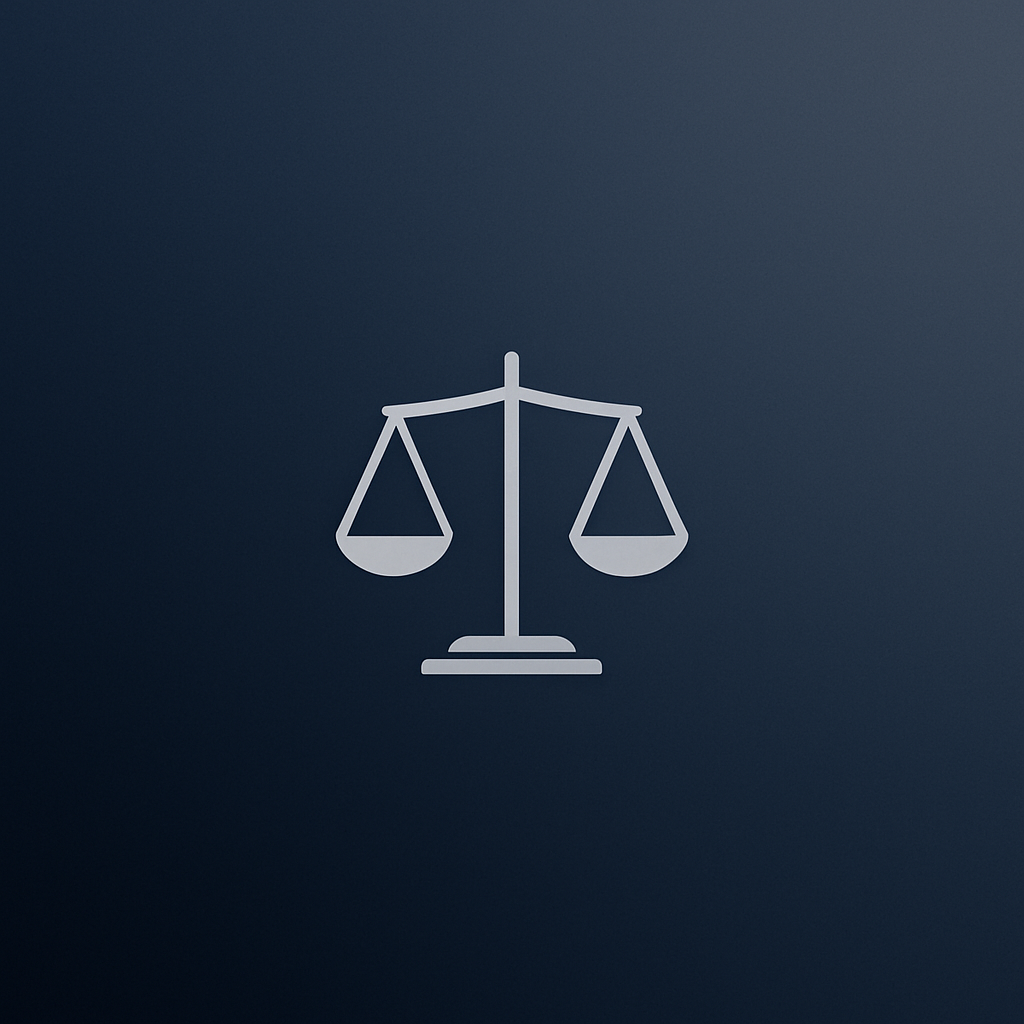Understand Your Rights. Solve Your Legal Problems


The First Amendment protects five essential freedoms in the U.S.: speech, religion, press, assembly, and petition. These rights explain why people can criticize the government, why news outlets publish tough stories, and why protests happen in public squares every day. They are powerful, but not unlimited — especially when speech involves true threats, imminent violence, defamation, or other narrow exceptions. Below is a clear, modern guide to how these freedoms work, why they matter, and the real questions people ask about them.
Free expression has become one of the defining debates of modern life. Whether someone faces consequences for a controversial post, a protest sparks headlines downtown, or a school responds to a political T-shirt, the same questions come up again and again: What does the First Amendment actually protect? And where are the limits? People want practical, simple explanations — not dense legal theory — and this guide delivers exactly that.
The First Amendment, ratified in 1791, includes several key commitments: the government cannot restrict freedom of speech, religion, press, peaceful assembly, or the right to petition for change. Courts treat these protections as guardrails that keep government power in check and preserve space for public debate, protest, and dissent.
The right to express opinions, share ideas, and criticize those in power — within legal boundaries.
Example: A person protesting government policy in a public park is generally protected. Speech intended and likely to spark immediate violence, or speech that constitutes a direct threat, is not.
Journalists, writers, and publishers can report on issues, investigate wrongdoing, and challenge officials without prior censorship.
Example: A news outlet publishing documents about government operations is usually protected. Orders to stop publication — called prior restraints — face an extremely high constitutional hurdle.
People can practice any faith or none at all, and government cannot favor or punish religious choices.
Example: The government cannot require attendance at a particular service, nor can it forbid voluntary worship.
The right to gather peacefully, march, rally, or hold vigils in public places.
Example: Peaceful demonstrations are protected, though officials may enforce neutral rules — like permits or noise limits — to keep order.
A direct channel for demanding change, from writing local officials to organizing formal petitions.
Example: Community members can urge lawmakers to revise policies without fear of punishment for speaking up.
Speech, religion, press, assembly, petition — plus symbolic expression like wearing armbands or carrying signs.
Generally, yes. The government cannot ban speech simply for being offensive. But categories like true threats, targeted harassment, or incitement fall outside protection.
Yes. The First Amendment limits government action. Private employers, social media platforms, and membership organizations can enforce their own standards.
Peaceful protest is protected. Violence, property damage, or refusing lawful safety orders can lead to arrest.
Schools can regulate speech that disrupts learning, but many forms of student expression — especially in high schools and colleges — still carry constitutional protection.
Students wore black armbands to protest the Vietnam War. The Supreme Court said their silent protest was protected symbolic speech, reinforcing that students keep constitutional rights in school.
The government tried to block newspapers from publishing the Pentagon Papers. The Court said stopping publication in advance is almost never allowed, strengthening press freedom.
A key decision establishing the modern incitement test: speech is protected unless it is intended and likely to produce imminent lawless action.
A painful case involving offensive funeral protests. The Court ruled that speech on public issues in public spaces is protected, even when deeply upsetting.
Social media created new questions about what counts as speech — and who controls it. Because platforms are private entities, they can enforce their own rules. But if government agencies pressure platforms to remove content, courts may scrutinize that closely.
Meanwhile, the digital world creates new tensions: people want to speak openly, yet anything posted online can resurface, spread instantly, or be used as evidence in an investigation. Understanding the First Amendment — and the boundaries around online expression — matters more than ever.
Courts recognize only a few narrow categories where the government may regulate speech:
incitement to imminent violence
true threats
defamation
certain forms of obscenity
regulated commercial advertising
A timeless example: Knowingly creating a false emergency — like making a phony bomb threat — is not protected speech and can lead to criminal consequences.
Use these general principles as a starting point for understanding how courts think about expression:
Is the government involved? If not, the First Amendment usually doesn’t apply.
Is the speech a true threat, incitement, or defamatory? If yes, it may fall outside protection.
Where is the speech happening? Public parks and sidewalks receive strong protections; private platforms and workplaces have their own rules.
Is the speech disruptive in a school setting? Schools have unique standards balancing order and expression.
👉 Why Most People Misunderstand Defamation — And What the Law Actually Protects
A: Rarely. Only narrow categories like threats, harassment, or incitement fall outside protection.
A: Not always. Time, place, and manner rules allow officials to manage public safety.
A: Only when government action is involved. Private platforms enforce their own community standards.
A: Prior restraints are almost always unconstitutional, making censorship before publication extremely difficult.
Supreme Court case opinions (Tinker; Brandenburg; Snyder; Pentagon Papers)
Publicly available legal summaries and constitutional guides
Nonpartisan First Amendment educational resources





